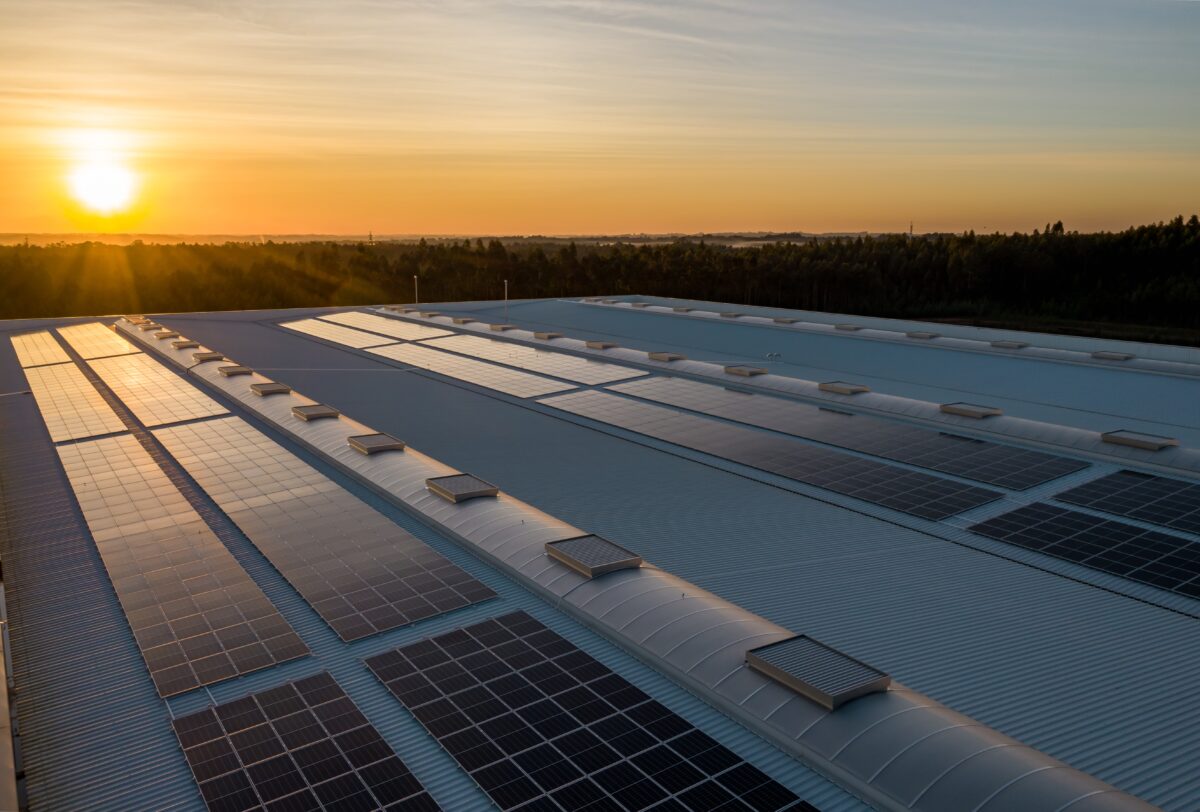The study was demonstrated on three buildings at the Izarbel Technology Park in southwestern France. Buildings ESTIA1 and ESTIA2 mainly host student activity related to the engineering school of the ESTIA Institute of Technology. Building ESTIA4, is a business facility with a data center.
As for the financial savings, the differences were more substantial. In the first scenario, the customized dynamic sharing increased savings by 4.84% over the consumption-based static allocation and 4.25% over the dynamic default. In the second scenario, an increase of 0.67% was obtained.
“In the third scenario, an increase of 41.50% was achieved compared with the static sharing and 36.65% compared with the dynamic sharing by default,” the researchers said. “Finally, in the fourth scenario, the dynamic sharing achieved 16.29% more savings compared with the static sharing and 13.26% compared with the default dynamic sharing.”
The researchers presented their findings in “Photovoltaic energy sharing: Implementation and tests on a real collective self-consumption system,” which was recently published in Heliyon. The academics come from Spain's University of the Basque Country, France's University of Bordeaux, and New Zealand's Auckland University of Technology.
This content is protected by copyright and may not be reused. If you want to cooperate with us and would like to reuse some of our content, please contact: editors@pv-magazine.com.


By submitting this form you agree to pv magazine using your data for the purposes of publishing your comment.
Your personal data will only be disclosed or otherwise transmitted to third parties for the purposes of spam filtering or if this is necessary for technical maintenance of the website. Any other transfer to third parties will not take place unless this is justified on the basis of applicable data protection regulations or if pv magazine is legally obliged to do so.
You may revoke this consent at any time with effect for the future, in which case your personal data will be deleted immediately. Otherwise, your data will be deleted if pv magazine has processed your request or the purpose of data storage is fulfilled.
Further information on data privacy can be found in our Data Protection Policy.